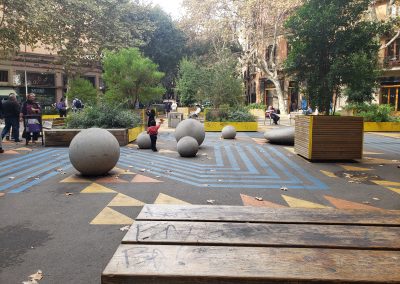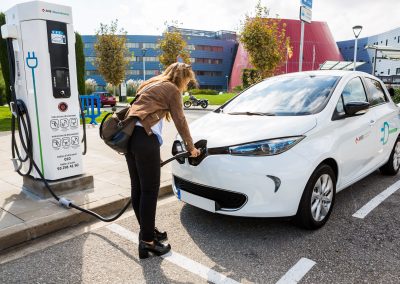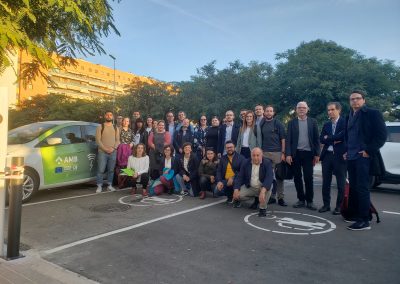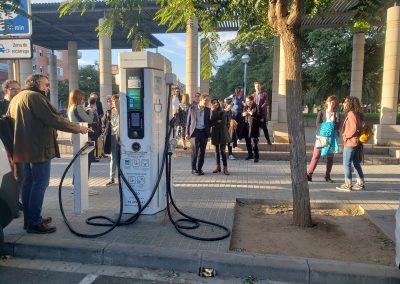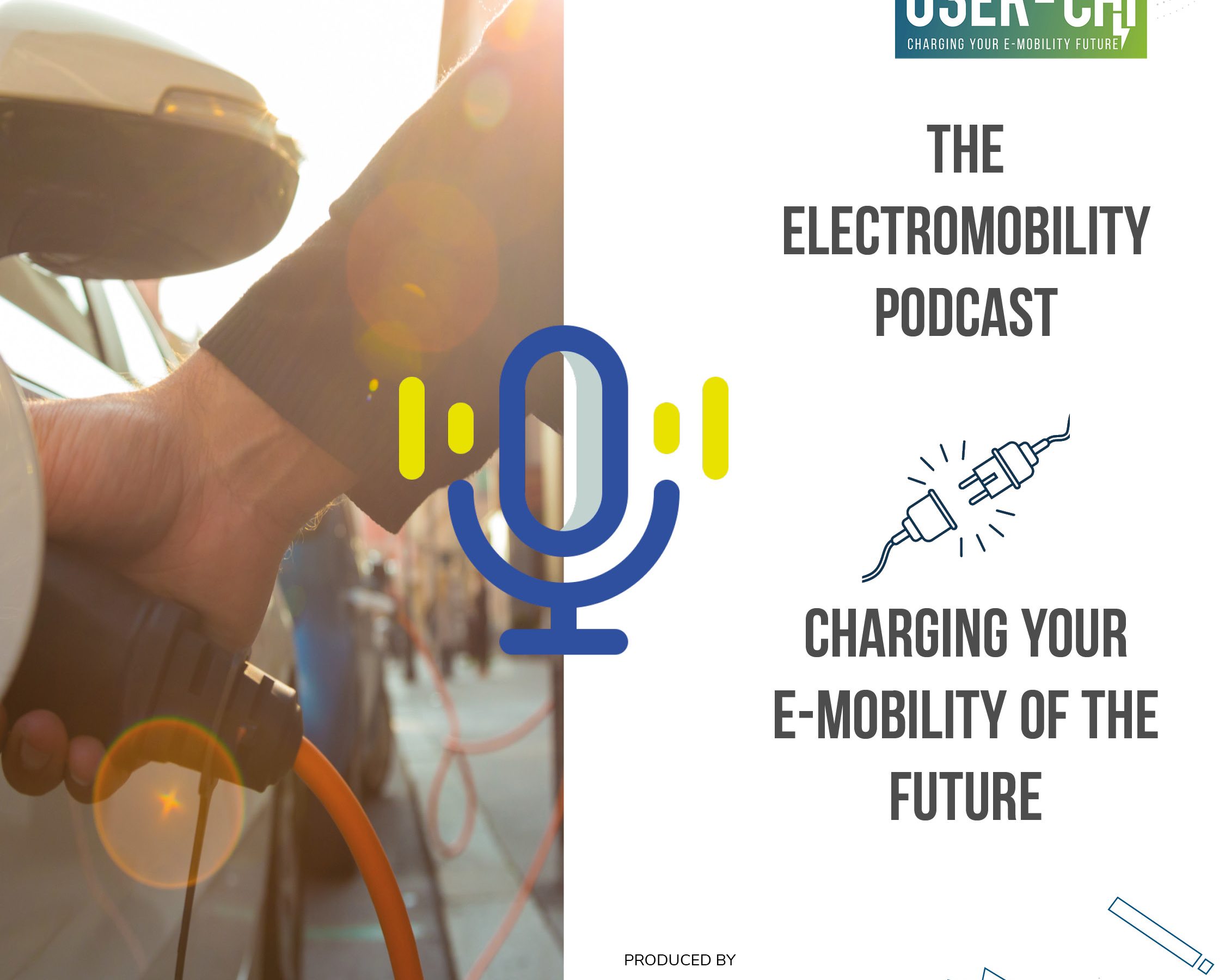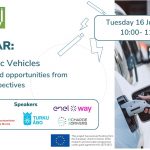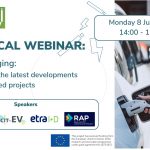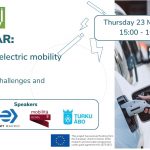Highlights from the USER-CHI peer-learning visit in Barcelona
User-friendliness, mobility services, e-mobility strategy, e-bike parking, inductive charging, urban space planning… This is only a short list of what USER-CHI cities discussed during the peer-learning visit hosted by Area Metropolitana de Barcelona (AMB) on 8 and 9 November 2022.
Representatives from Barcelona, Budapest, Berlin, Florence, Murcia, Turku, Rome, Sarajevo as well as other European project partners shared ideas and challenges, swapping notes over common challenges and solutions over a two-day peer-learning visit. Participants could ask questions, exchange informally, brainstorm on common problems and solutions, and, above all, see some concrete measures being implemented on the ground.
Barcelona: the famous Superblock city and an e-mobility pioneer
Barcelona is the largest city of Catalonia and the second most populated city in Spain. 1.6 million people live within the city boundaries; however, the whole metropolitan area of Barcelona is home to around 4.8 million inhabitants living in the city of Barcelona and many connected neighbouring municipalities. This makes the metropolitan area of Barcelona one of the most populous areas in the EU, which comes with its problems and challenges in regards to transportation.
Barcelona is famous for its Superblock approach, a concept developed to improve quality of life in cities through infrastructural and tactical urbanism methods. The participants of the visit saw a presentation of this approach which elicited a lively group discussion on urban space planning for healthy and citizen-centered cities.
Barcelona also has a long history with electric mobility plans with first strategy focused on EVs deployed in 2009. The wide-ranging scheme of measures includes pioneering e-scooter charging projects as well as an extended charging network. During the peer-learning visit, Angel López, Director of Electromobility Strategies for the Barcelona City Council used this opportunity to discuss the hurdles that the city faced, such as usage conflicts, misuse and charging standards. The director also shared his takeaways, including the importance of investing wisely and planning charging infrastructures that meet users’ needs.
Good practices and USER-CHI solutions in Barcelona
The participants of the peer-learning visit had the chance to observe the good-practice examples of Barcelona’s planning approach during multiple site visits. They experienced first-hand the Superblock approach for public spaces and saw the Biciboxes designed to promote cycling among the residents of Barcelona by offering safe and free of charge bike parking in intermodal hubs.
But most importantly, two visits were organised to explore the sites of USER-CHI demonstrations. Barcelona is in the process of deployment of INCAR and SMAC and already has a functioning INDUCAR site which is currently being tested by the staff of the Metropolitan Area of Barcelona (AMB).
At the end of the visit, the participants reflected in groups on the presented solutions. The groups discussed about the risks and strengths connected with the implementation of the solutions, their replicability potential in different local contexts as well as their versatility and flexibility. In this regard, the participants were interested in the tactical urbanism approach seen in Barcelona in the form of the Superblocks, the e-charging stations parking management and the promotion of biking through the Biciboxes.
Want to find out more about USER-CHI?
Are you feeling curious and want to dive even deeper into the world of USER-CHI? Try clicking on one of our suggestions below!

